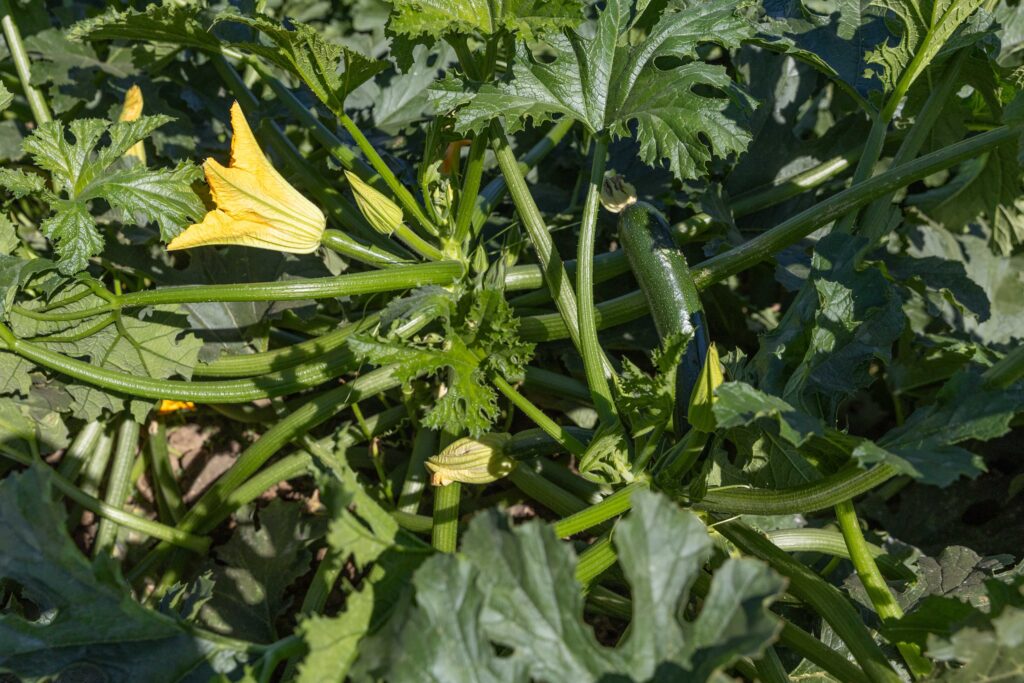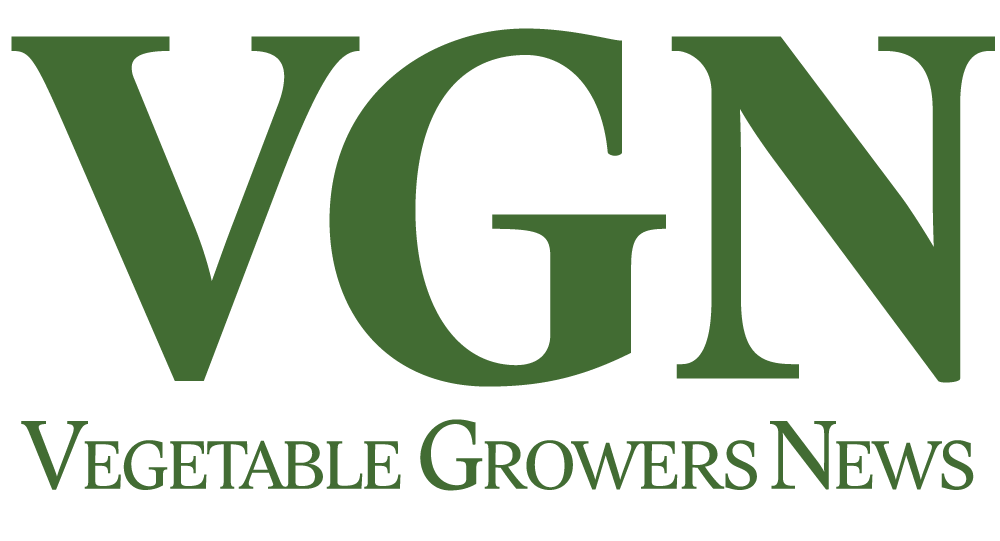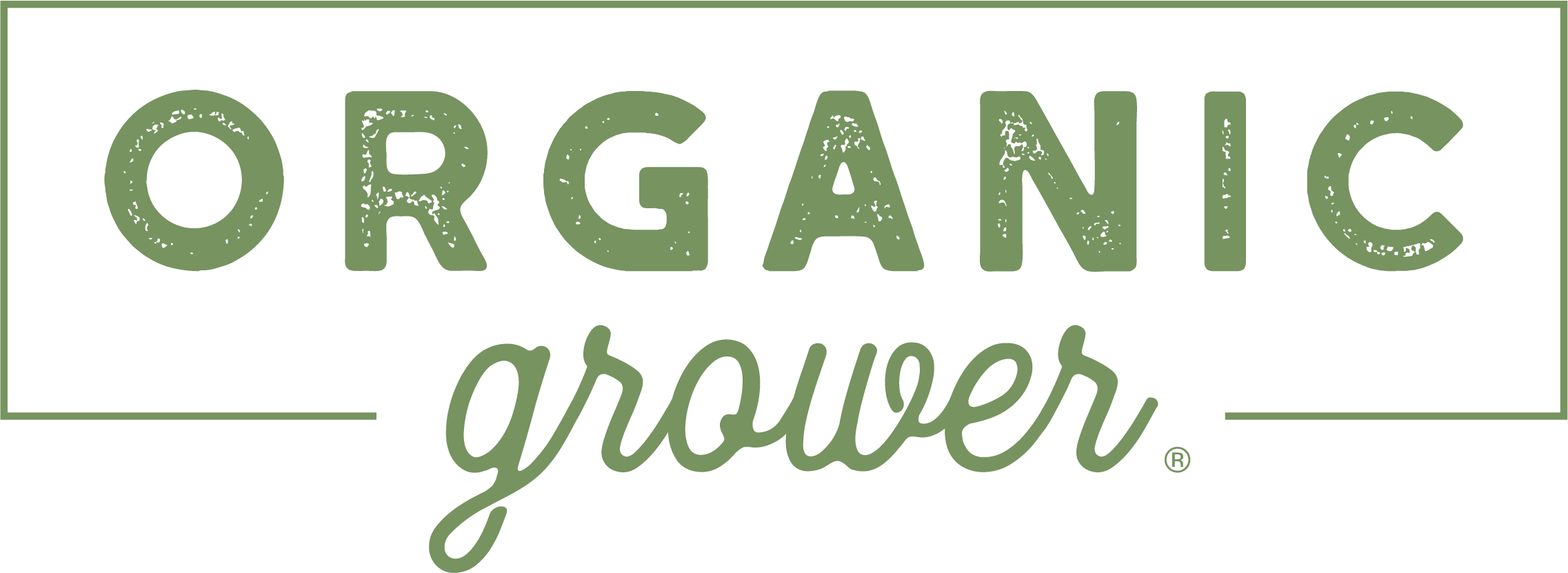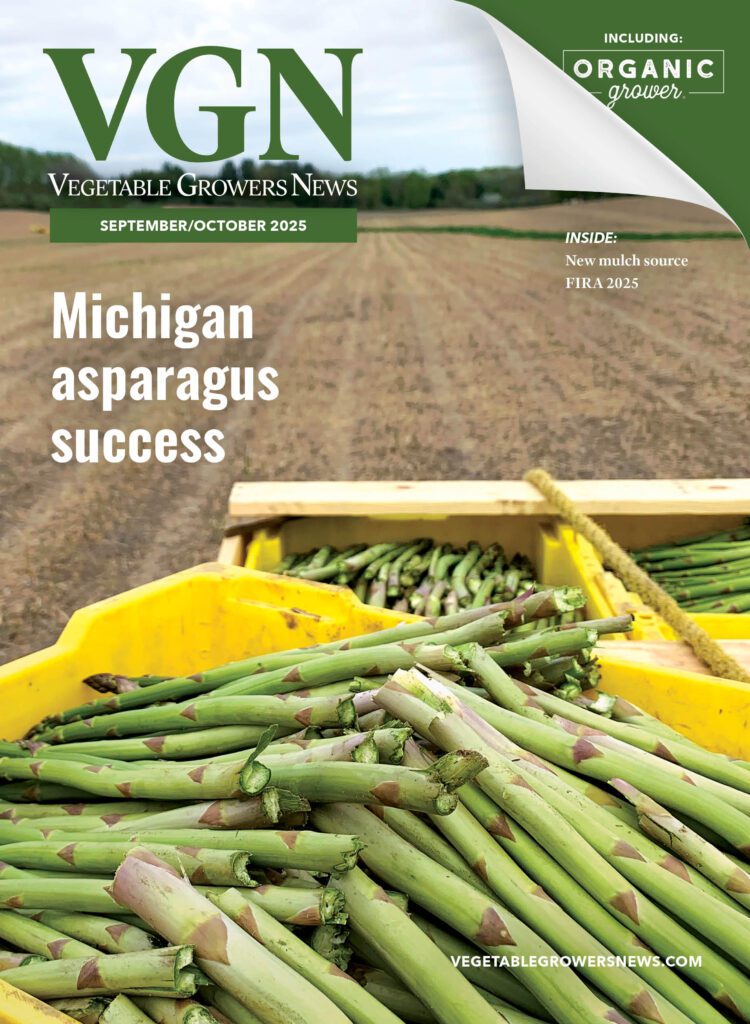
Jan 15, 2025Squash Breeding Innovations from HM.CLAUSE Drive Grower-Focused Solutions
Ask the Expert
Squash Breeding Innovations for Growers’ Success
(Sponsored) HM.CLAUSE is redefining squash breeding by focusing on solutions that cater directly to growers’ needs. In conversations with Leo Camelo, business manager at H.M.CLAUSE; Sarah Smith, squash breeder at HM.CLAUSE; and Jon Gienapp, product manager at HM.CLAUSE, we explore how their collaborative approach delivers innovative varieties with enhanced disease resistance, labor efficiency, and adaptability.
Could you share a bit about HM.CLAUSE’s approach to squash breeding? What sets your program apart from others in the industry?
“Our squash breeding program develops products that meet growers’ needs,” said Leo Camelo. “We create varieties with stronger disease resistance, easier harvest traits, and superior fruit quality with higher yields. Furthermore, once our research team identifies the best new products, we pass them to the product development and sales teams for evaluation. If those teams see potential, then we expand trials to compare the selections against commercial products.”
How does your team work with growers to develop varieties tailored to specific needs?
“Our breeding team meets with growers in different regions to learn about challenges and explore opportunities,” said Sarah Smith. “Growers define the needs of each market and explain how those issues affect their business. As a result, once we understand their input, we prioritize trains in our breeding programs.”
You offer an impressive lineup of varieties designed to meet specific growing slots and environments. How do your squash varieties address seasonal challenges for growers?
“We focus on identifying products that perform consistently throughout the year,” said Joe Gienapp. “That way, growers can rely on one or two varieties each season. For example, our current portfolio, which includes Leopard, Respect, Salute, and Tribute, shows how squash breeding innovations already support growers. Moreover, we plan to continue expanding that lineup in the future.
Can you tell us more about how your squash varieties contribute to labor efficiency?
“We design varieties to improve labor efficiency,” Camelo explained. “For example, we bred Salute with traits that make harvesting easier. Specifically, we evaluate plant structure and leaf coverage, because too much foliage forces crews to spend more time finding fruit. Therefore, by refining these traits, we help crews harvest faster and reduce labor costs.”
Virus resistance is a common concern among growers. Can you share how Tribute and Reward are bred for higher resistance to poty virus plus CMV resistance?
“We track resistance genes using DNA markers closely linked to the desired traits,” Smith said. “With Tribute and Reward, we combined those resistance genes through breeding and then tested the products over several years by inoculating them with the viruses of interest. Consequently, these steps confirmed strong resistance levels.”
What innovations or goals is your team working toward to make future varieties more adaptable and productive to meet consumer needs?
“We continue to develop squash breeding innovations that deliver higher yields in tough environments, such as high heat and humidity, which can disrupt fruit formation,” Smith explained. “In addition, we work on stacking resistances to multiple pathogens so growers know they will have harvestable fruit regardless of which diseases appear during a season. Ultimately, we want growers to feel confident they’ll have fruit to harvest, no matter the challenges.”
© HM.CLAUSE 2025

















